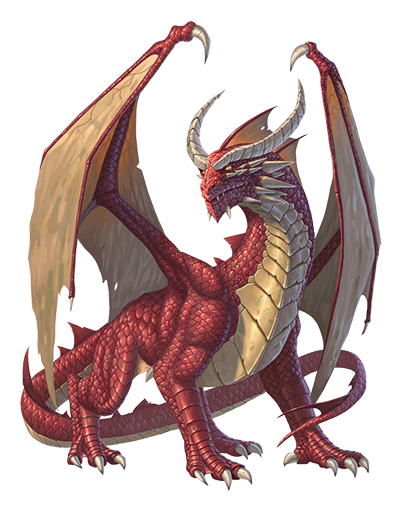The color palette in an image plays a vital role in shaping the viewer’s emotions, enhancing aesthetics, and delivering a message. Whether in photography, digital design, or painting, colors have the power to create harmony, contrast, and depth, making them an essential element of visual composition.A well-chosen palette consists of carefully selected colors that work together to achieve a desired effect. Warm colors, such as red, orange, and yellow, evoke energy and passion, while cool colors like blue and green create a sense of calm and serenity. Neutral tones, including black, white, and gray, help balance a composition and provide contrast.There are several common types of color palettes:
- Monochromatic: Uses different shades of a single color for a unified look.
- Complementary: Combines opposite colors on the color wheel for high contrast.
- Analogous: Includes colors next to each other on the color wheel for a natural blend.
- Triadic: Uses three evenly spaced colors to create a balanced yet vibrant effect.
Choosing the right palette depends on the mood and purpose of the image. For example, a vintage photo may benefit from earthy tones, while a futuristic design might use neon or metallic shades.Understanding color theory and experimenting with different palettes can help artists, designers, and photographers create visually compelling images that captivate their audience.

